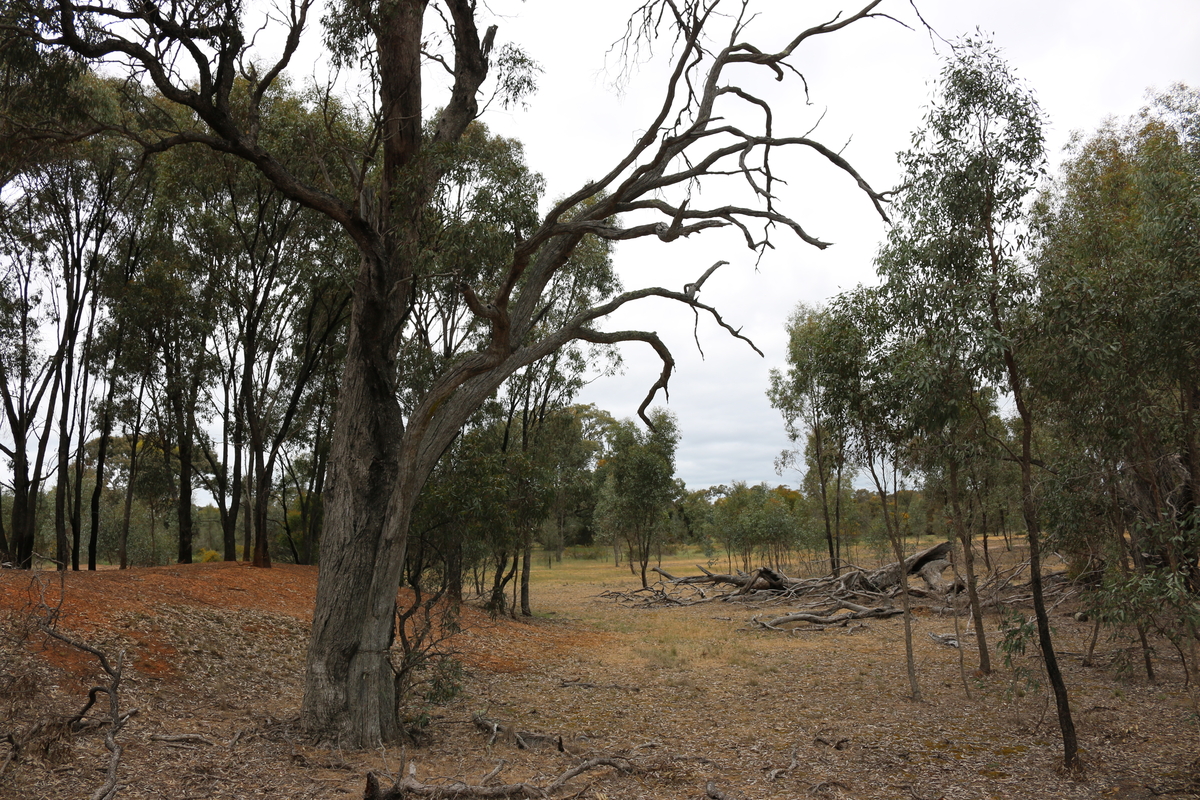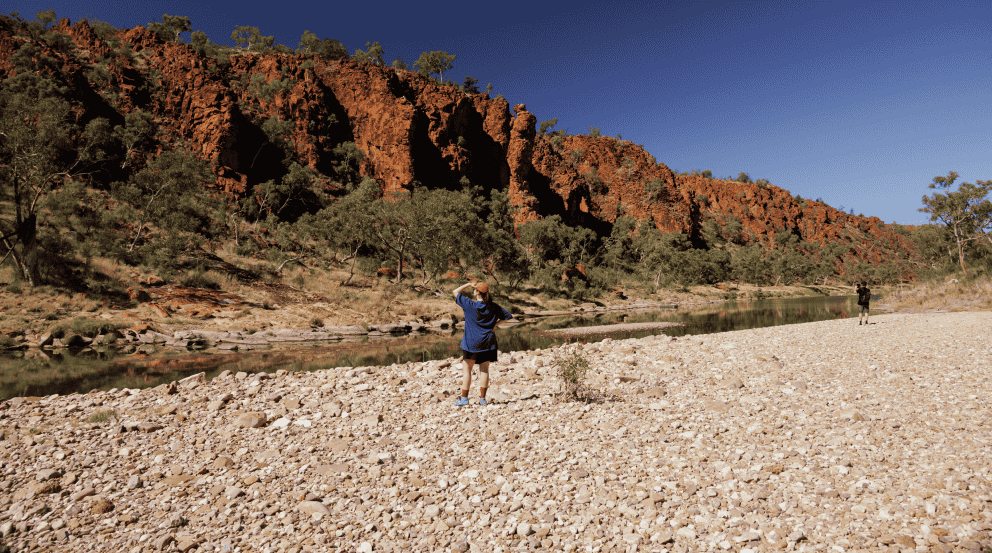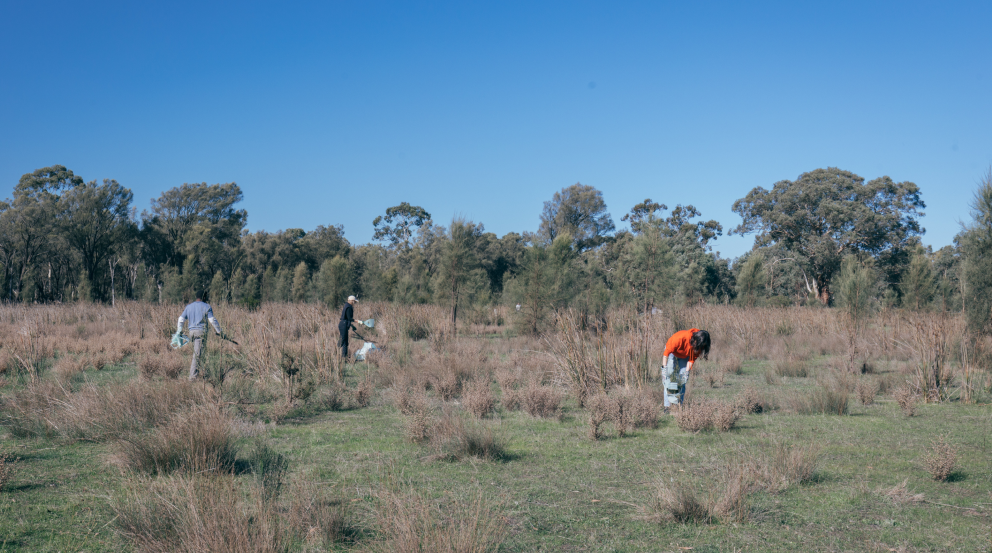Mysterious structures are popping up all over Australia, in the desert, rainforests, farms and grasslands.
These objects are solar-powered sensors. They're part of an exciting research project, led by the team at the Australian Acoustic Observatory, to continuously record the sounds of the Australian landscape over a five-year period.

“We’re rolling out hundreds of these recorders across the country, and all the data that’s processed will be made freely available to anyone who wants to use it - scientific researchers, land managers, even artists,” Dr David Tucker, a landscape and vegetation ecologist and site coordinator for the project explains.
The sensors have been erected from the Kimberley down to the southern tip of Tasmania, across central Australia, up to Cape York, and on King Island and Kangaroo Island.
It’s essential the sensors are set up in areas that represent all of Australia’s major eco regions, so they’re in temperate grasslands, tropical savannas, deserts, rainforests, Mediterranean woodlands, and in eucalypt and open forest. There’s even a recorder in one of Bank Australia’s conservation sites in Booroopki, western Victoria!
What will you be doing with all these recordings?
The data gathered can be used in a number of different ways! It allows scientists to investigate long-term environmental change, detect rare or threatened species, or detect migratory patterns across the landscape, such as birds moving through different areas. It can also be used to monitor feral species, such as a cane toad front moving through the environment.
Using sound in environmental monitoring has been around for a while, but technological advancements in recent years, as well as cloud-based storage solutions, have enabled scientists and ecologists to take this next step. While they may have relied on sourcing data through standard field surveys, where a snapshot of information from a certain time on a certain day could be used, the recordings are taken nonstop. It’s a big-data approach to monitoring, and it’s been modelled on how astronomical observatories receive and process data.
“In a standard field survey, you might pick up the one bird,” says David. “But in a continuous recording, you’ll hear that bird throughout the day and night.”
Over the five-year project, the team are expecting to store around 2000 years of recordings.
“All that data is processed and uploaded to the cloud, and a visualisation is produced of the recording by running it through a number of acoustic indexes,” says David. “They’re filters that colour code elements of the soundscape, so birds might be one colour, insects, human-generated sounds, and rain and wind another. It provides an intuitive visualisation where a person can look at it and see a pattern, and then focus on that particular recording.”
The project is exciting, as it provides an historical record to the shifts in environment. In traditional field surveys, ecologists may only be recording for two hours every 12 months. “This project provides a continual picture of what’s happening in that particular ecosystem. It’s a useful tool for the health of that ecosystem too,” David explains.
This project is the first of its kind in the world, and will service as an incredible real-time record of the differences in Australia’s ecosystem. “The sensors pick up things you wouldn’t hear doing a standard survey,” David says. “In Bowra, an arid area in western Queensland, we pick up lots of emus walking by with their chicks. We get sounds from lots of interesting night birds as well.”
The data is available to listen to through the Australian Acoustic Observatory website, along with information on the location, vegetation, images and recordings from each sensor at that particular property.








